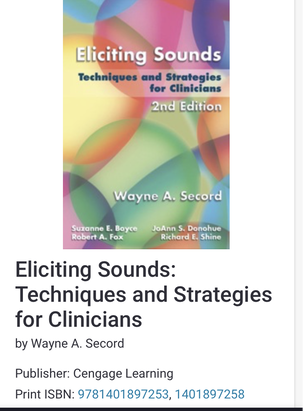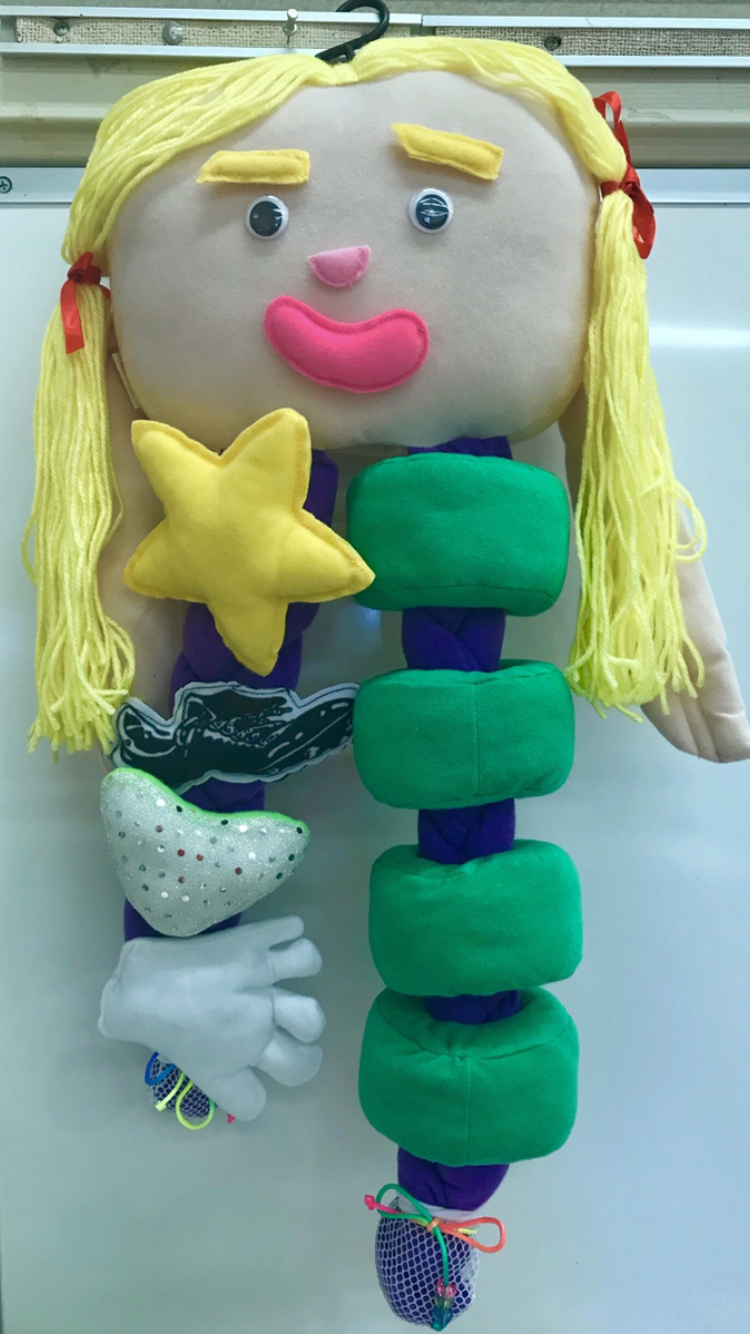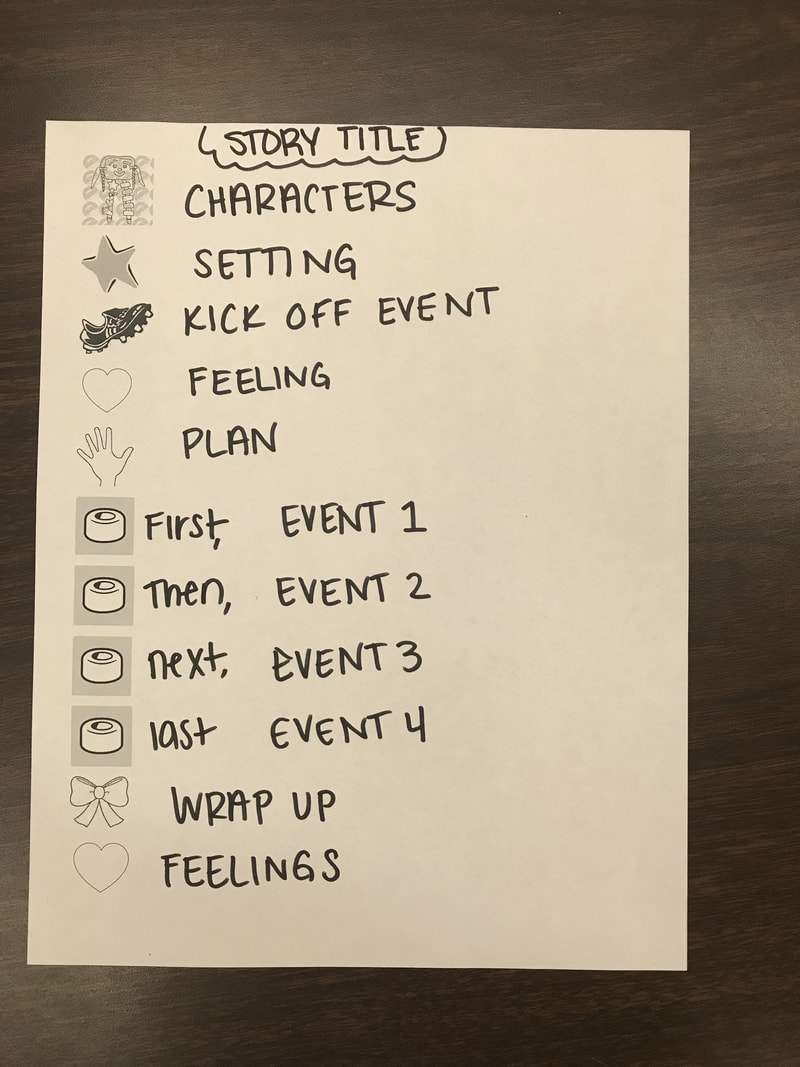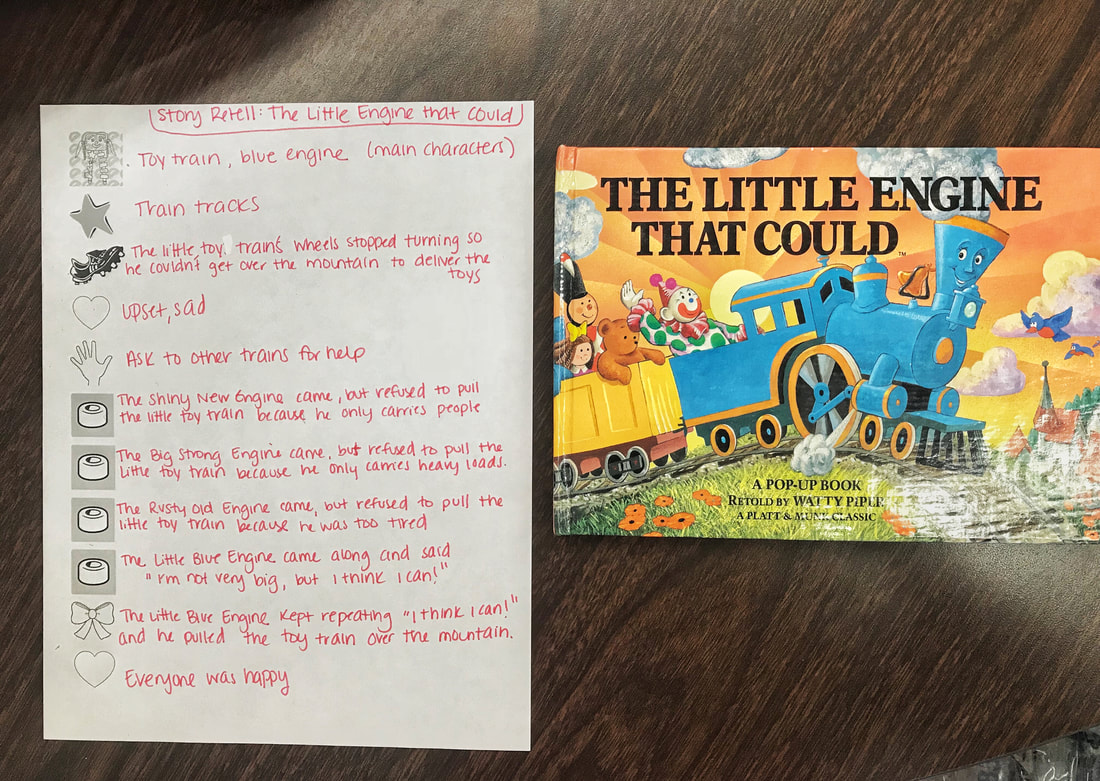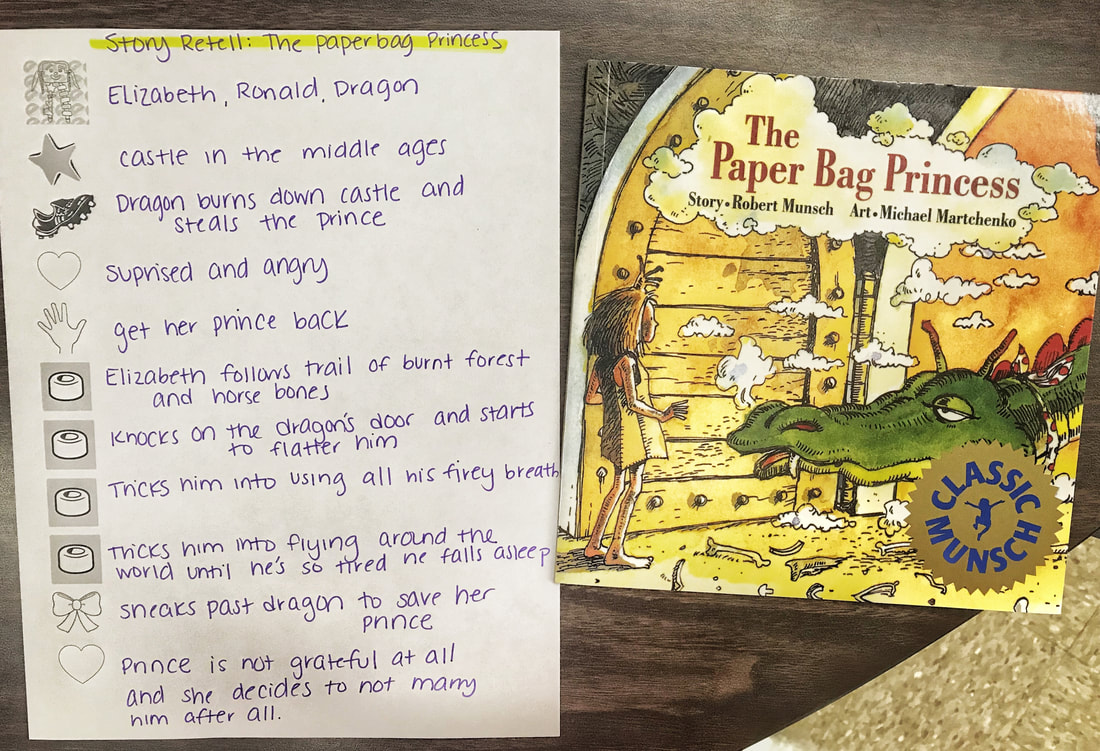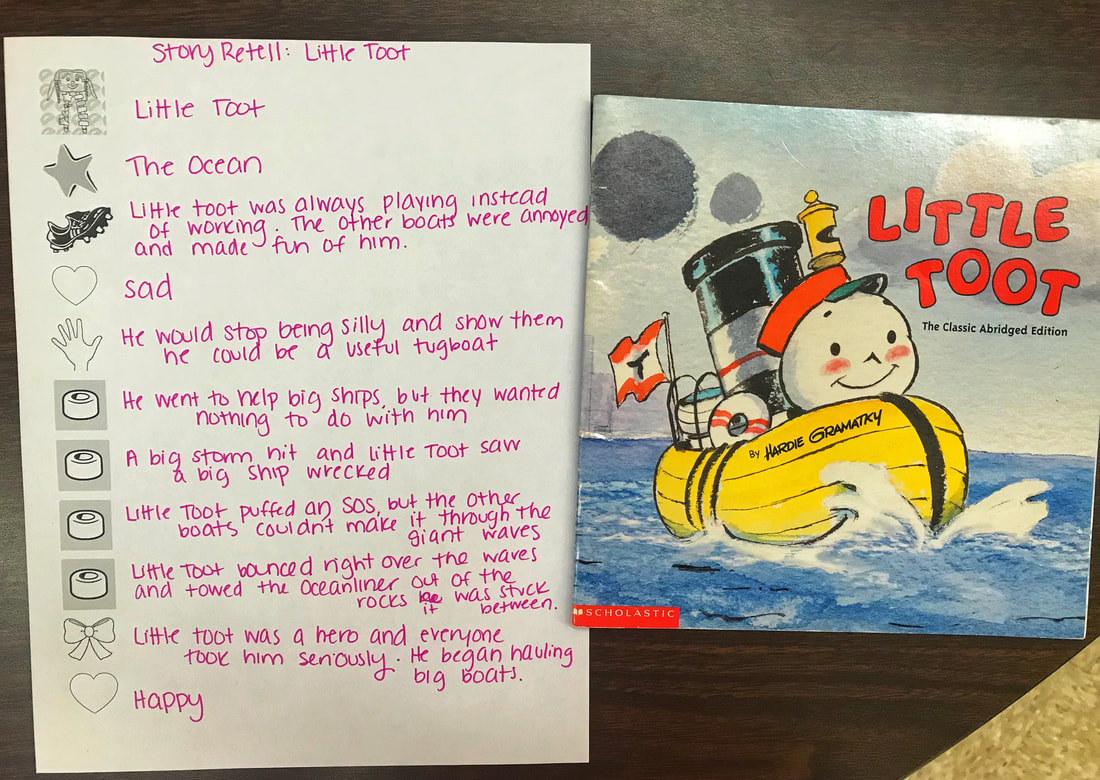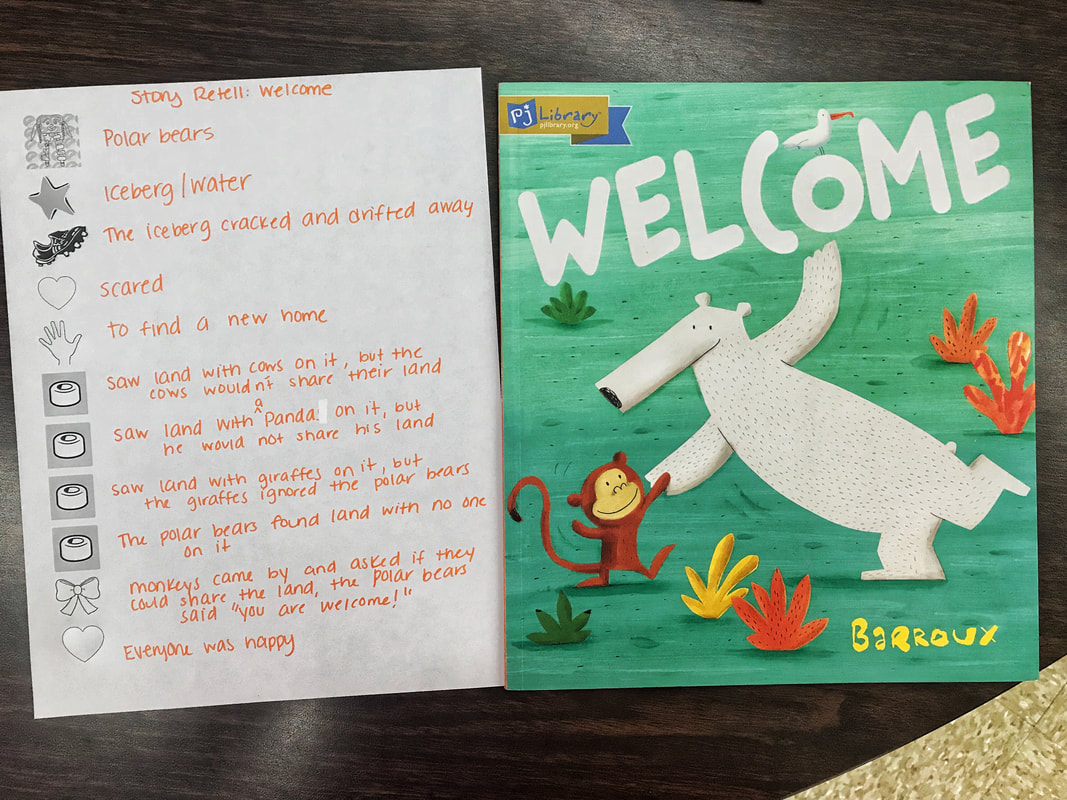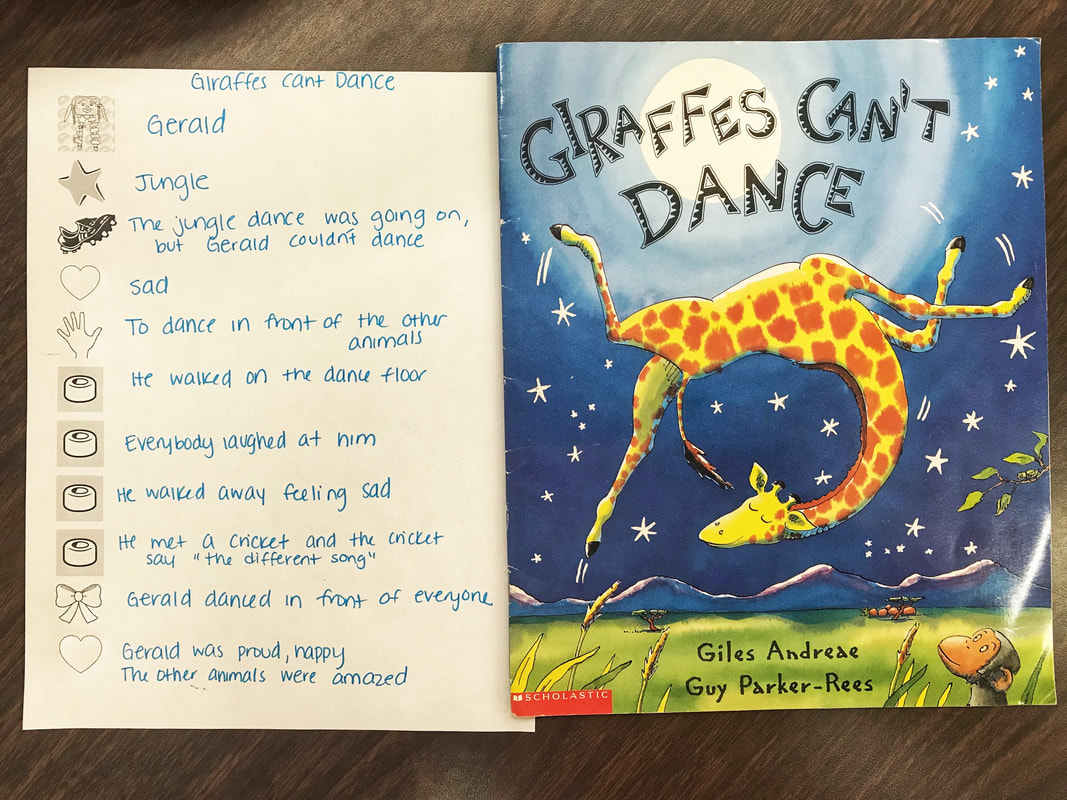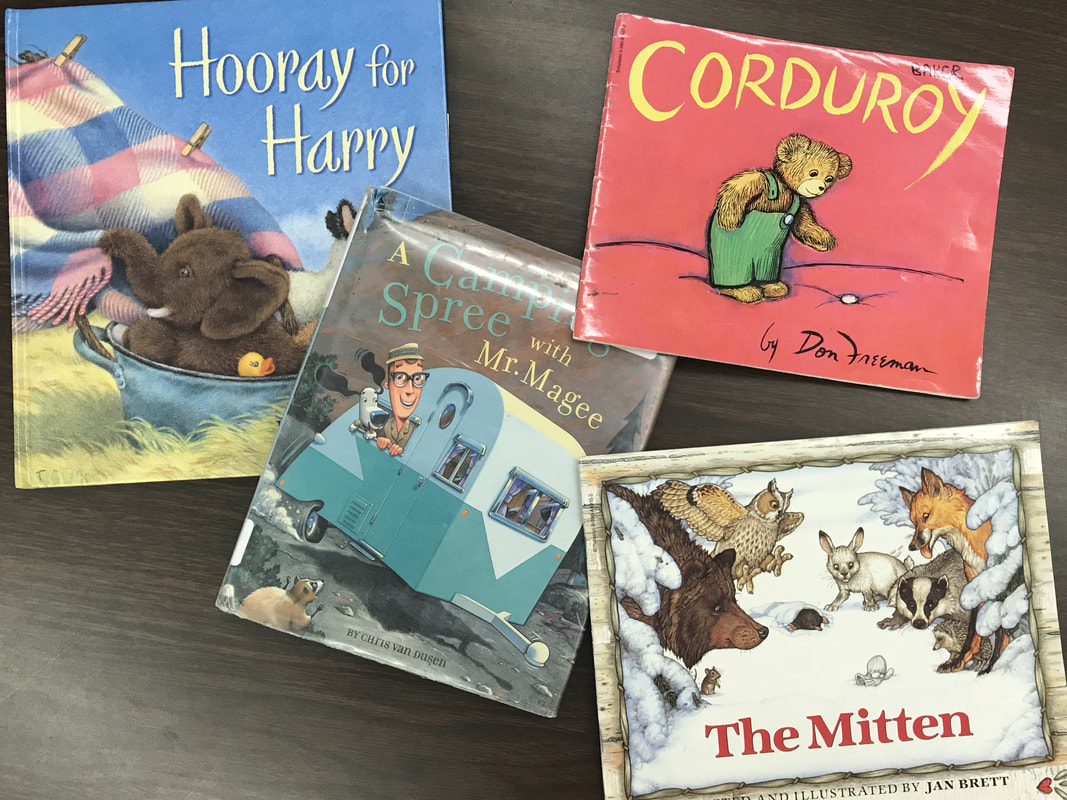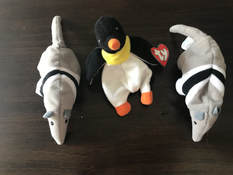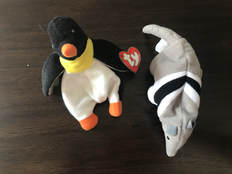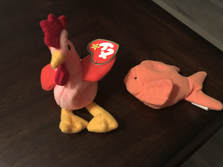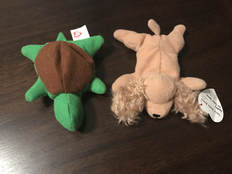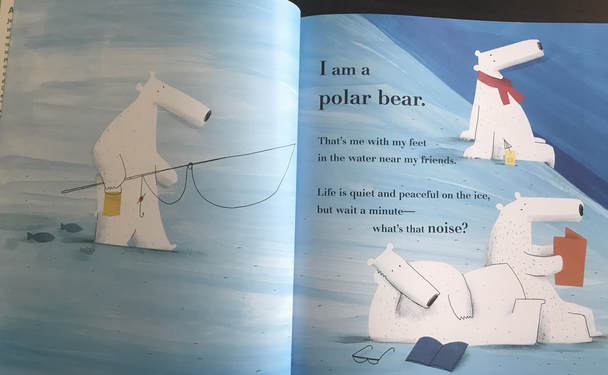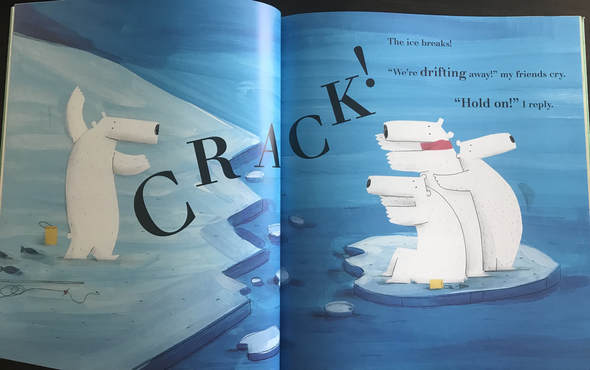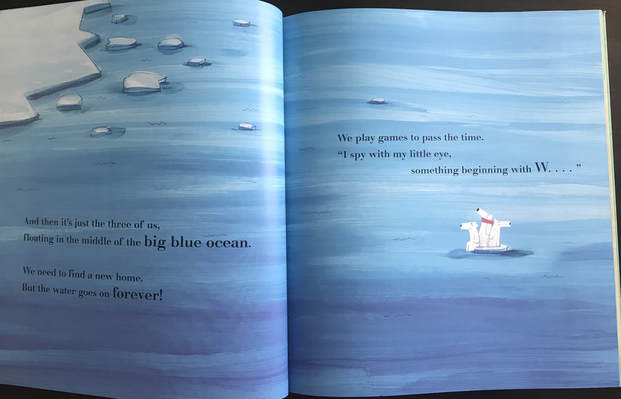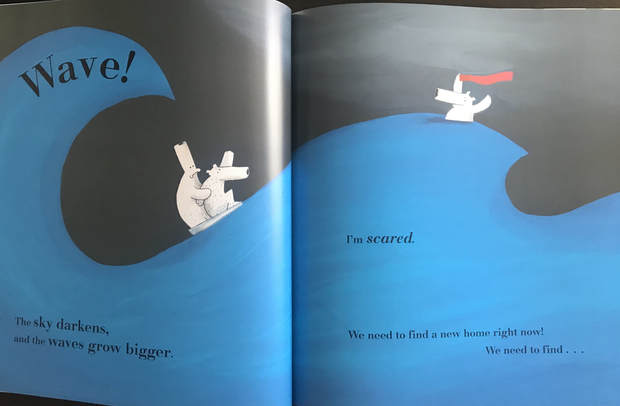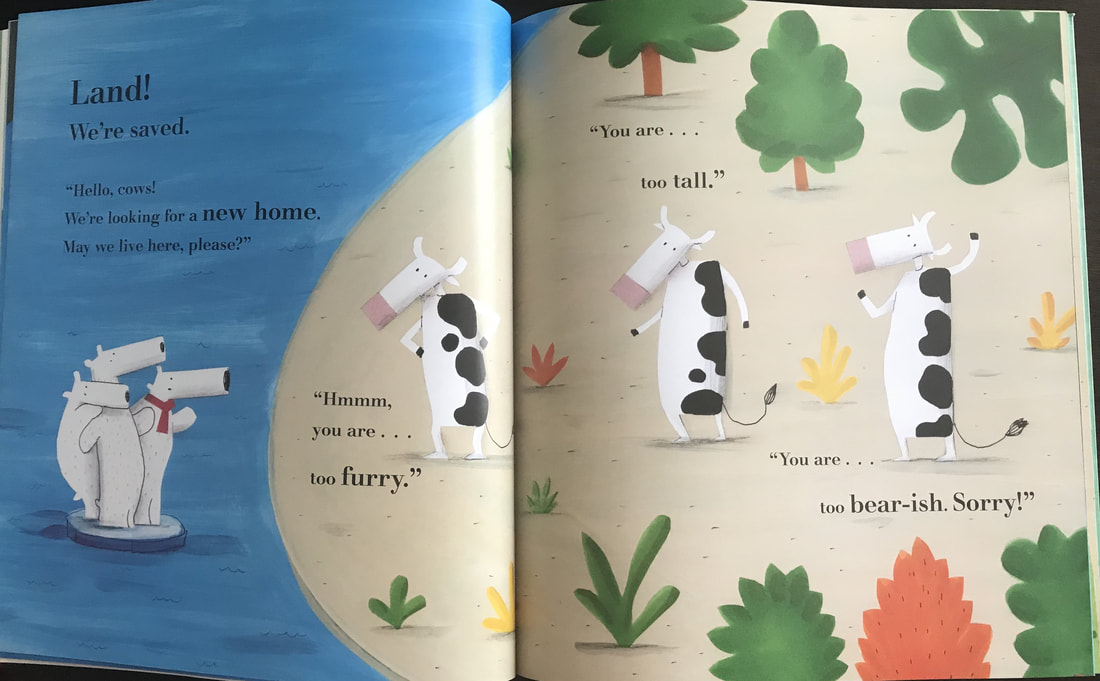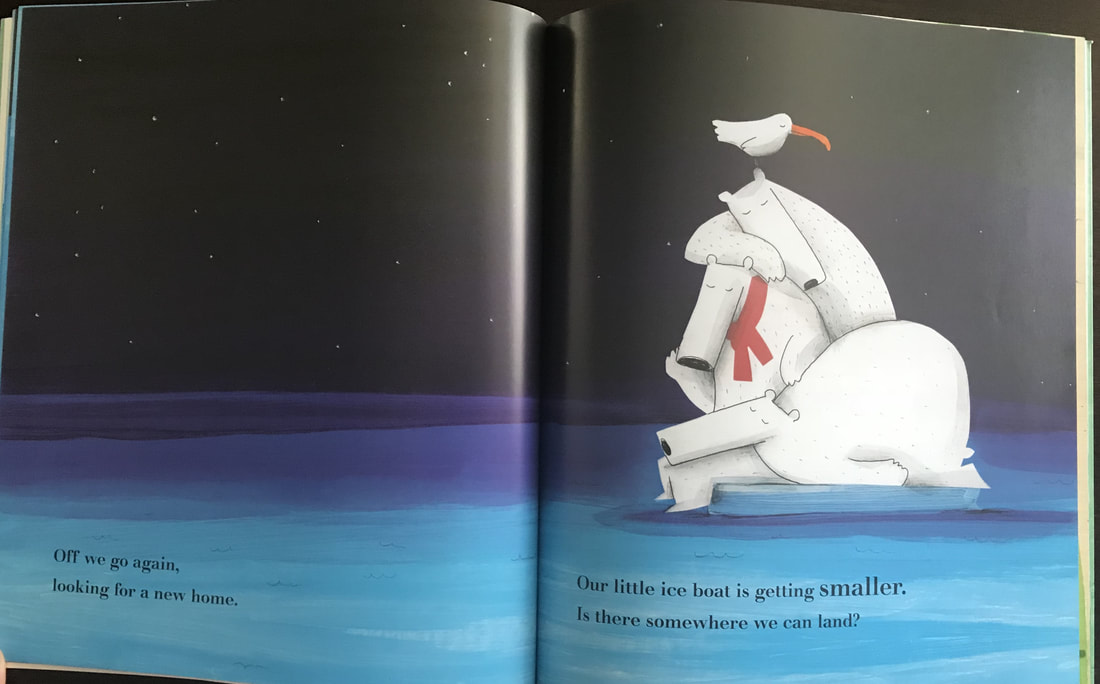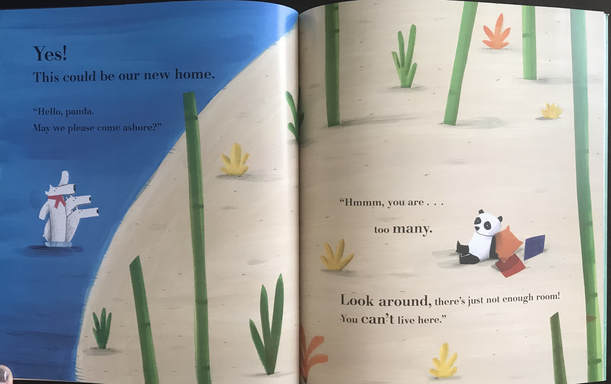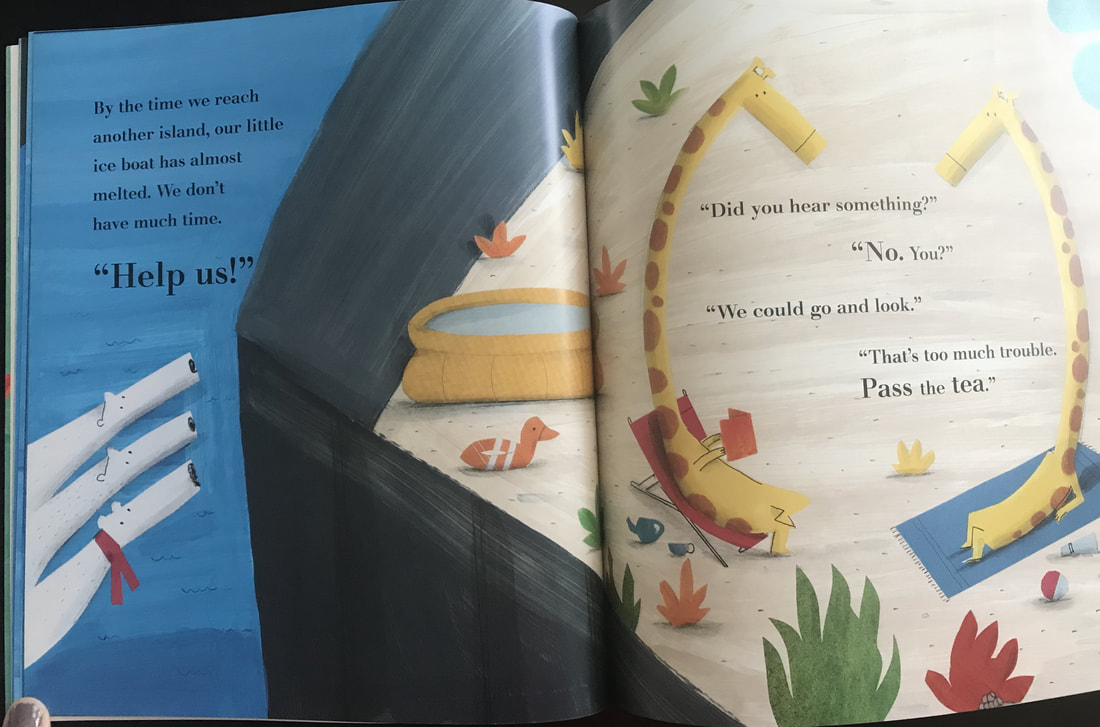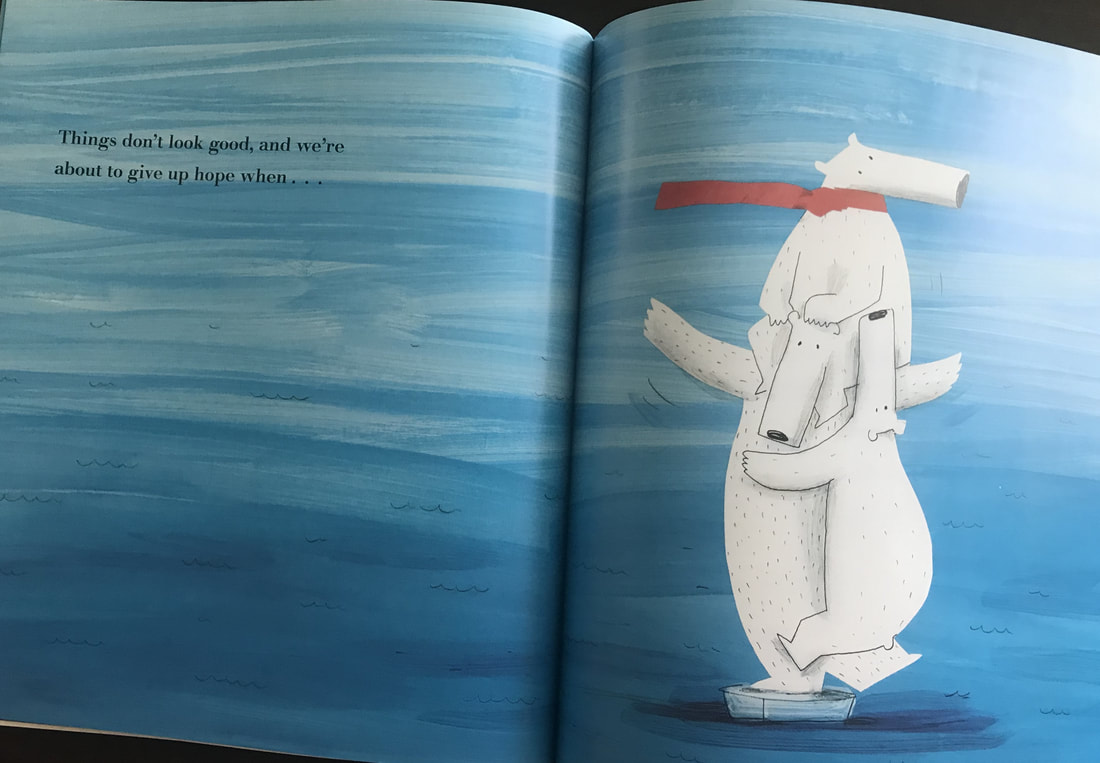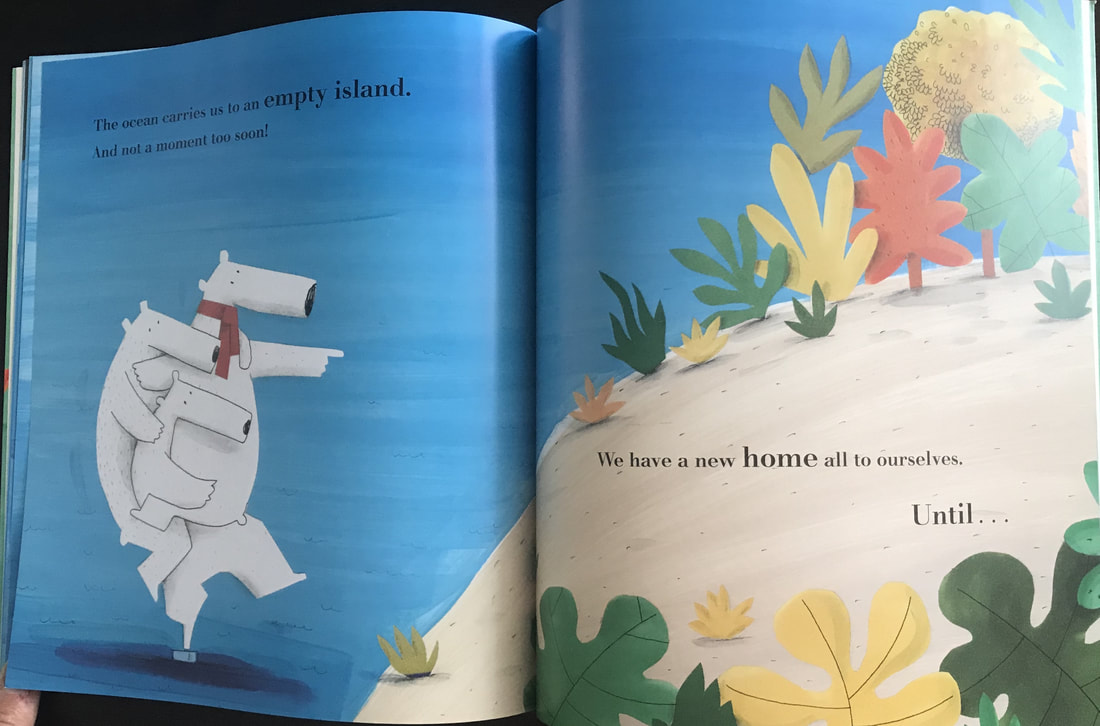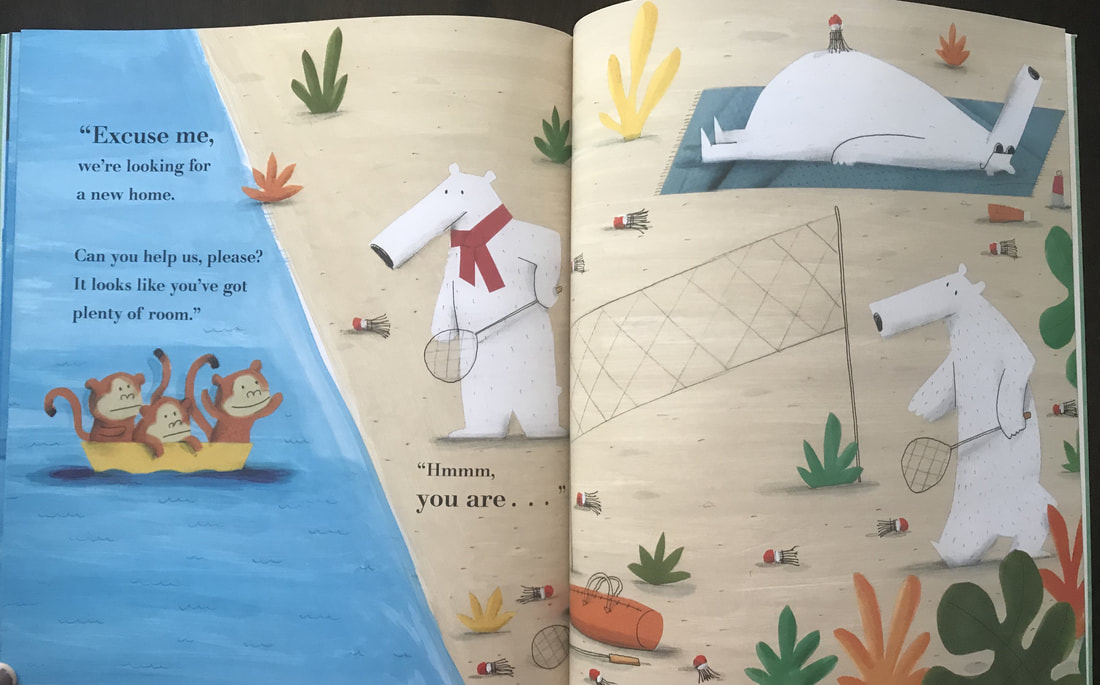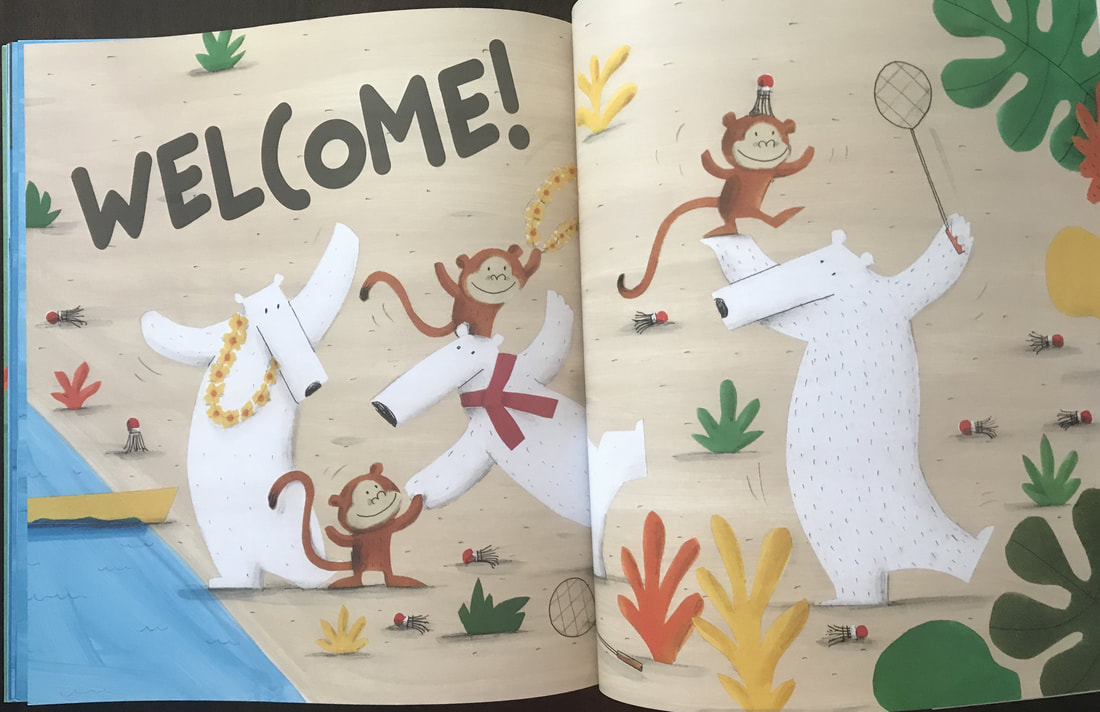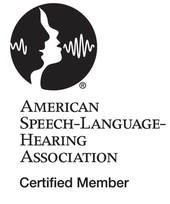 I use this big jumbo mighty mouth from Super Duper every single day! It is definitely my most used item in the speech room. I find that showing kids speech sounds by pointing to my own mouth just isn't as helpful since I'm trying to explain at the same time as I am showing them the speech sound. This mouth is great for teaching anatomy of the oral mechanism and children can easily see the different structures and where they need to place their articulators for correct production of the speech sound they are working on. It's also a fun puppet that kids enjoy playing with, so it motivates them & keeps them focused during the session.
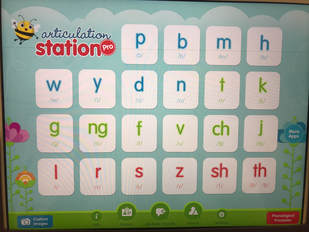 Articulation Station Pro by Little Bee Speech is a life savor. So easy to pull out and use with students when you do not have time to prep for a session. It's engaging and kids are always drawn to iPads as it is. You can target sounds in isolation, words, phrases, sentences, stories. I purchased it when it was on sale and it is definitely worth the money! 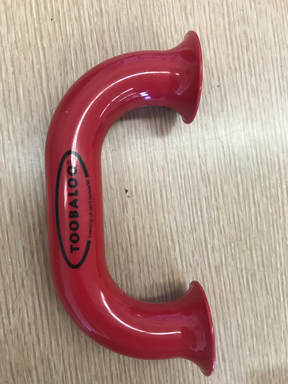 This phone makes therapy fun! It provides children with auditory feedback, so students can better focus and hear themselves when practicing their speech sounds in the session. From this they can start making adjustments and corrections to their sound productions. 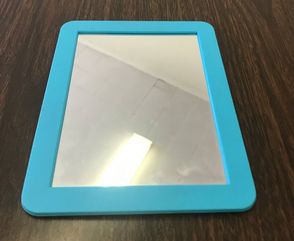 A mirror works wonders in therapy. Kids can easily see their articulators (lips, tongue, teeth, etc) and instead of just listening to verbal prompts they can physically see how to place those articulators to make their speech sounds correctly and begin to self- monitor and self-correct when practicing their sounds.
3 Comments
Using a remote control car with late talkers and children with Childhood Apraxia of Speech9/19/2018 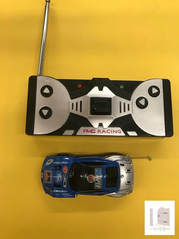 I have always loved using cars in speech for several reasons, however once I got the remote control car it was a game changer! There are so many ways to use the remote control car to not only build vocabulary development, but also to elicit speech and language from those kids who have Childhood Apraxia of Speech (CAS), are late talkers, have expressive language delays or Autism. I will also use it with my older students as a reinforcer to complete all their work because it’s such a fun toy. WHY IS IT SO GREAT AND HOW CAN I USE IT!?
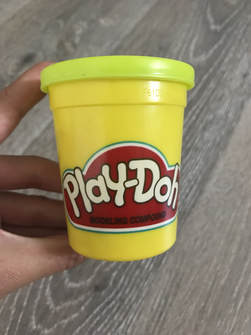 PLAYDOUGH: Great for children to use their imagination and make things out of the play-dough. You can incorporate several action words when playing with the play-dough. You can build communication by having the child request "my turn", "more", "again". 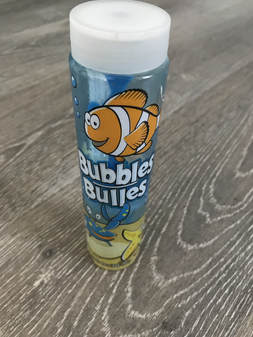 BUBBLES: Using bubbles is a great way to engage children and work on requesting. You can focus on one word utterances such as "pop", "blow", describe the bubbles "big, "small", "up", "down", "fast", "slow". You can use these to expand utterances such as "big bubble!" I also use a lot of songs with bubbles to increase language development through music. 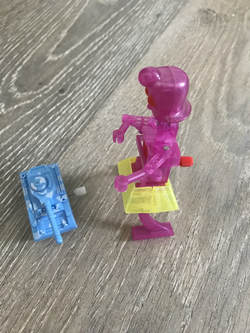 WIND-UP TOYS: Wind-up toys are great for building communication skills. Working on requesting such as "help". You can work on describing the wind-up toy and what it's doing using action words. It's good for establishing joint attention and understanding cause/effect. 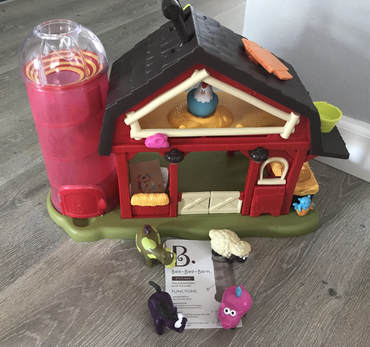 PLAY BARN: Barns are so fun and engaging for little ones. Use all the interactive pieces on the barn. You can work on spatial concepts such as "on, off, under, in front of, next to". This one plays music, so kids are instantly motivated by that! 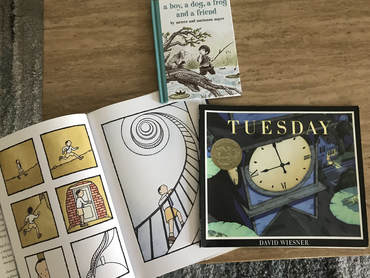 WORDLESS PICTURE BOOKS: Wordless picture books are great for children to use their imagination and work on story telling, inferencing, predicting, critical thinking skills, sequencing a story, story comprehension, building vocabulary and more! 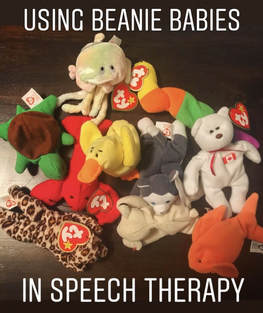
I recently came across a big bag of the smaller sized beanie babies that I collected while growing up. When I first found the bag I thought to myself "ehh I thought these things would be worth money by now, but they're not so it's time to get rid of them!". However, then it dawned on me that I really could use these animals with my students during speech therapy sessions while targeting SO many different goals!
Below I have posted 15 different ways to use them during a session for speech & language. 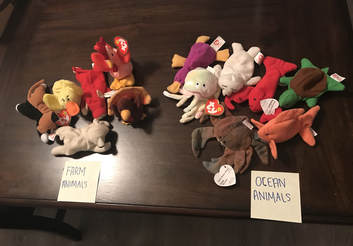
SORTING:
Targeting categories such as where the animal lives or sorting the animals by different attributes, features, etc. 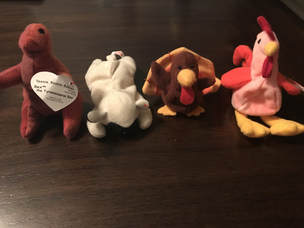
WHICH DOES NOT BELONG:
While discussing categories you can also talk about which animal does not belong in the category. In this case, the dinosaur doesn't belong in the group and have the student explain why (because it is not a farm animal). 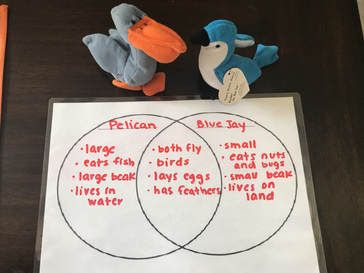
SIMILARITIES AND DIFFERENCES:
Picking two animals and discussing how the animals are the same and how they are different from each other. 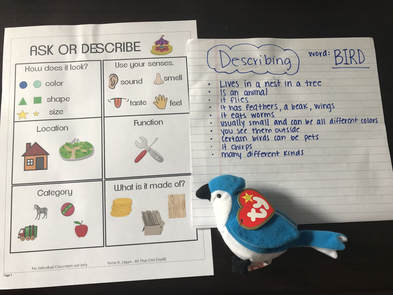
DESCRIBING:
Choosing an animal and having the student describe it using adjectives, features, attributes and other descriptive language. I find charts to be a helpful guide with students when describing objects. 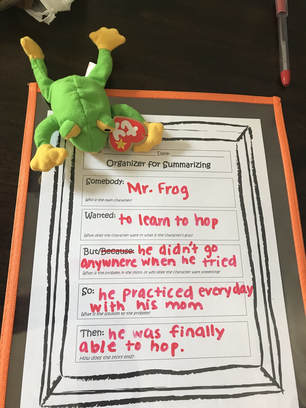
Story Telling/Creating a Narrative:
Have each student pick an animal from the pile and make up their own story about it! You can use organizers to get the children started. You could also go around a circle and pass one animal around while each person adds a piece to the story about the animal. At the end you can have the students sequence the story, discuss the main idea, setting, details, conclusions, or retell the story. 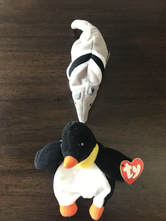
PREPOSITIONS:
Targeting spatial concepts and having the child place the animal correctly when given a direction or print off pictures and have the child point to which one is correct after you say a sentence. (Examples: Put the penguin in front of the anteater, Point to: The penguin is between the anteaters) 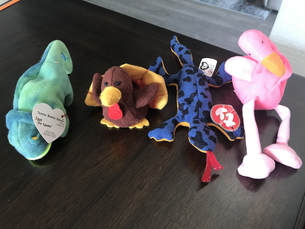
FOLLOWING DIRECTIONS/RECEPTIVE IDENTIFICATION:
These are great for working on following directions with your clients. You can make the directions as simple or as complex as needed. (Examples: 1.) Point to the turkey. 2.) First, point to the lizard and then point to the turkey. 3.) Before you point to the turkey, point to the flamingo. 4.) If a banana is yellow point to the iguana, if it isn't yellow point to the lizard. 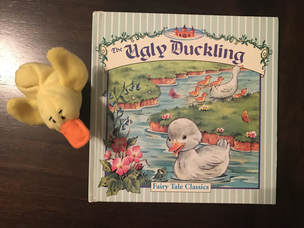
STORY COMPANIONS:
Beanie babies are perfect story companions! Have the child play with it or use it during the story to engage them. 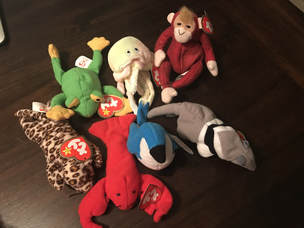
VERBS:
Talking about what each animal does using action words. You could ask "what does a ____ do?" Examples: Jellyfish - Sting Anteater - Eat Bluejay - Fly Lobster - Pinch Frog - Jump Monkey - Swing Leopard - Run 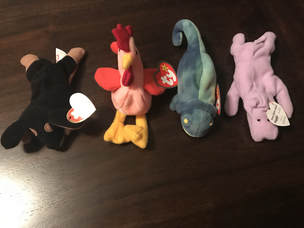
WH Questions:
You can easily target wh-questions such as where, why, or what! Examples: Where does a chicken live? What animal barks? Why does an iguana change colors? 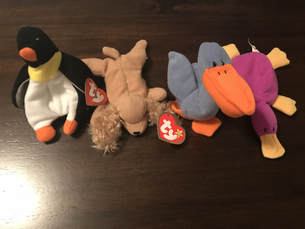
ARTICULATION:
You can even use the beanie babies to target speech sounds! Choose all the animals that include the targeted sound. In this case, targeting initial P sound (Penguin, Puppy, Pelican, Platypus. 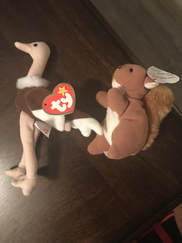
BASIC CONCEPTS:
These are perfect to use when targeting basic concepts including colors, quantities, textures, characteristics, size, etc. Examples: Which one is tall? An ostrich or a squirrel?Which one is loud? A chicken or a fish? Which one is soft? A turtle or a puppy? 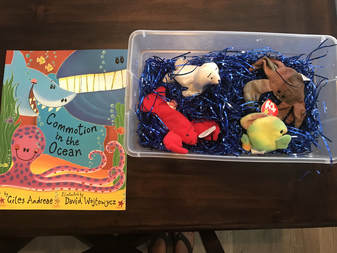
ACTIVITIES: I like the use the beanie babies after I have read a story for an activity! After the book reading, I have the children take turns digging through a sensory bin to find the different animals. I also like to use the beanie babies in a scavenger hunt around the room and have the children try to find them. After all the animals are found we name and talk about each animal!
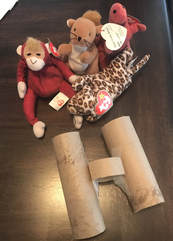
PRETEND PLAY:
We all know the importance of pretend play! Beanie babies are fantastic for children to begin using their imagination, make up stories, have the animals talk to each other, play doctor with the animals, have a tea party, bring in other props such as binoculars made out of toilet paper rolls and go on a safari to find different animals!
PRAGMATICS: You can also use the beanie babies as props or interactive toys to discuss or act out (like a puppet show) various social communication skills such as turn-taking, asking/answering questions, tone of voice, volume, personal space, etc.
Hopefully after reading this blog you now have some ideas on how to use your old beanie babies in therapy sessions or any stuffed animals for that matter!
Follow on instagram: @gatetocommunicate for more tips and therapy ideas! Benefits of using American Sign Language with your child early on to enhance communication skills7/18/2018 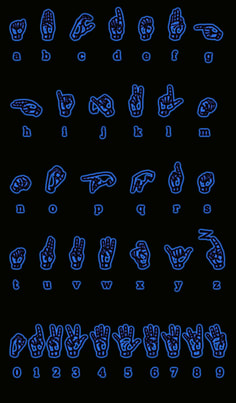 Early exposure to sign language has been shown to be beneficial to child’s overall development in a variety of ways. Teaching them sign language early on gives your child a way to express him/herself before your child can communicate verbally using words. Sign language is a functional form of communication, which builds a child's confidence and can also result in a decrease in tantrums behaviors, and can reduce feelings of anger due to the inability to communicate. Many parents are apprehensive about using sign language with their children because they believe that this will hinder acquisition of English and learning to use verbal communication, however research shows this is not the case. In many studies, using sign language early on has actually been shown to facilitate verbal language in the future. When children are using sign language their vocabulary is already beginning to build and they are learning the foundation of communication. Using sign language with your children early in their life also begins to build their joint attention and visual attention skills, letting them know that movements have meaning. To begin teaching your child various signs, make sure you get down to their level while making direct eye contact, and begin by using hand over hand signs to start teaching them. You can begin using sign language with your child anytime you feel comfortable. You can begin by embedding signs into your daily routines, such as eating, getting ready, bathing, bed time etc. Use your signs consistently and as much as you can. More exposure leads to more spontaneous use of the signs. Signs can also be used during playtime and through music while singing songs. Parents have reported feeling better about themselves and more confident in parenting after teaching their children sign language early on. It can be used as a bonding experience as well and increase feelings of closeness with your child. I have studied American Sign Language for several years now and am very passionate about the language. Below I have listed the top 25 signs I would begin with when introducing sign language to your child. The first 10 listed are the most commonly used words and great for children to begin communicating their wants/needs. Click on the video below to learn how to make each sign as well as how to sign the alphabet. Hope you learn something new and enjoy! 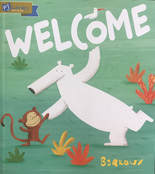 This blog post is for parents who are looking to expand their child’s language development in an easy, efficient and effective way. I will explain ways to enhance language skills just by reading a book to your child and using various techniques. Before I jumped into the world of speech therapy and working with children everyday, I would typically read a book to a child front to back, word for word, while adding a few questions such as “what’s that!” or “what do you see!?”. When you’re all said and done, the child listened to the book, your child is probably falling asleep, great job…right? Well, not so much. Yes, any reading is better than none at all and research shows that reading a book just 15 minutes a day to a child exposes that child to one million words in just one year! That's huge, I can't stress the importance of reading to your child enough! However, reading through a book and only asking questions is essentially just quizzing your child, not promoting conversation or developing further language skills. There are many more opportunities that you can provide to your child when reading that will expand their language skills helping them increase skills such as their vocabulary repertoire, critical thinking skills, imagination, inferencing, story telling and more! One important point is that questions asked and comments made during a book reading should be equal. I am going to use the book Welcome by Barroux to explain the various techniques. I found this to be a great book to use for a variety of options. It is a cute story with engaging, colorful illustrations that draw children’s attention and uses a variety of describing words, action words, spatial concepts, time concepts and more to enhance your child’s language skills! This story can also be used to discuss social situations that arise such as sharing, accepting, being nice to those around us, welcoming others into our group, making friends and not giving up hope. If you wanted to delve even deeper into the concept of global warming, that is also an option or discussing immigrants/refugees and accepting those who are different. The book is about 3 polar bears who are in need of new home since an iceberg broke off of their glacier they were living on. They are seeking new land, however no one is welcoming them on to their land. The polar bears eventually find a deserted island, and immediately 3 monkeys come along and ask if they can reside on the new land as well. The polar bears open their arms and say you’re welcome and they all live on the island together. Remember, your child learns from you, they learn from you speaking to them. I am going to go through this book and show you how to balance both asking questions and making comments while using a variety of techniques to increase language development. Technique 1: Have your child point to pictures. Read the page, then ask a question and have your child point. For this page you could ask "Which polar bear has his feet in the water?" This is a good technique to use with children who are not talking a lot yet. Often children's receptive language skills are higher than their expressive language. Just because they are not saying a word, doesn't mean they don't know it. By having them point, it gives them an opportunity to participate while working on auditory processing and comprehension. You can make the question as easy or difficult as you'd like. Technique 2: Ask Open-Ended Questions Open-ended questions promote critical thinking skills, inferencing and require more than one word to answer. It encourages your child to start a discussion and use their imagination. For this page you could ask "oh no! what is happening?" Other open-ended question examples: What do you think is going to happen? Why do you think he/she did that? What would you do in this situation? How are they going to do that? How do you think they are feeling? Technique 3: Make a comment with a describing word (adjective). Example: "The poor polar bears!" Technique 4: Add noise effects - use exaggerated effects, pitch and intonation - children are naturally drawn to this. For this page you say "WHOA! there's a big wave coming! Whooshhhh!" Using music or making songs is also a great idea to enhance language development. Technique 5: Auditory Closure Tasks This involves leaving the last word or a portion of the sentence out and letting your child fill in the blank. For this page you could start counting the cows, "1, 2, _" or you could say I see three ___" This is great with predictable books or books that repeat the same phrase a lot as well. This targets auditory discrimination and association as well as word retrieval. Technique 6: Don't read word for word You don't always have to read the book word for word. Pretend there are no words and just look at the pictures, come up with your own words for that page or have your child do this. Technique 7: Sandwich information - Say a word, give a short definition-say the word again. When you come across a word/object you think your child may not know. Say the word "Panda bear!", give a definition "Panda bears are black and white", then say the word again "I see the panda bear!" The more exposure to a word the better. Like anyone, children are more likely to remember an object/word when provided with a definition. Technique 8: Follow your child's lead! If you come across a page and your child starts talking about something on that page, don't just ignore it and move on to the next page. That is a perfect opportunity to have a back and forth conversation and promote turn taking. Technique 9: Present choices If you child does not always respond to your questions, present choices to them! For this page, you could ask.."Do you think they will find a new home!? Yes or No?" or "How do you think the polar bears are feeling?" Happy or Sad? Technique 10: Make a comment using action words They found a home! They looked and looked and finally found a home! Comment on any actions you see on the page. Example of actions words: walking, run, jump, sit, hugging, making, climbing, swim, drink, eat, etc. Technique 11: Imitate and expand what your child says! Speak right above your child’s level. If they typically use one word at a time (“monkey”), you should use two words such as “three monkeys!”. If they typically speak using two word utterances (“brown monkeys”), you can use three words to expand that such as “Three brown monkeys!” Technique 12: Have your child retell the story in their own words! Something else I really liked about this story is that there is a clear problem and solution. When having your child retell the story make sure to discuss the characters, setting, problem, character’s emotions, events in the story (steps 1,2,3, etc), conclusion/end of the story. All of these techniques can naturally be implemented during story time. Even if your child is not participating in the questions you ask, they are listening to you and absorbing the new vocabulary, grammar, concepts that they are hearing. Remember you can adapt these techniques to any book out there!
VOCABULARY WORDS IN THIS BOOK: Animals - Polar bear, cow, giraffe, panda, monkey Basic concepts – empty, scared, small, big, dark, quiet, little, new (you can discuss the opposite of these words too) Adjectives (describing words) – furry, bear-ish, big, blue, quiet, peaceful, tall Verbs (actions words) – break, crack, cry, drift, play, spy, float, find, grow, live, hear, look Prepositions (spatial concepts)– in, on, near, middle, away, off |
